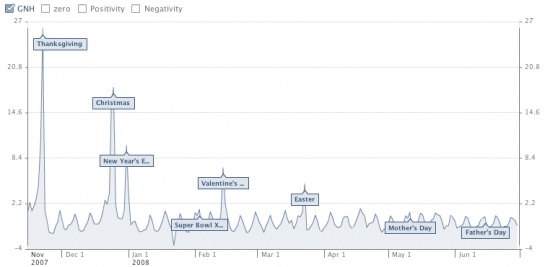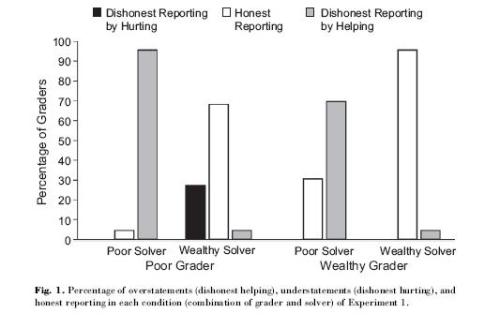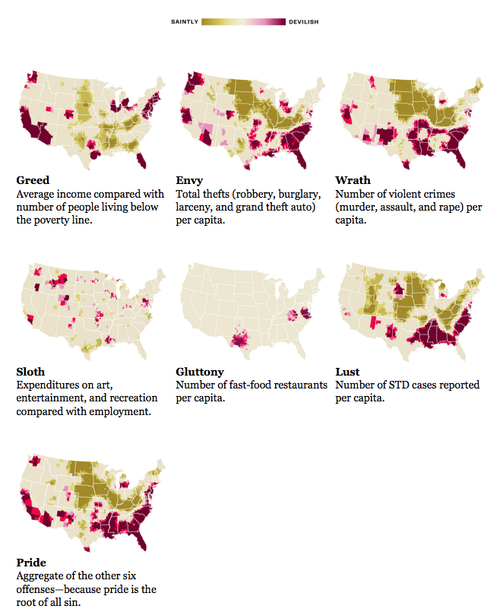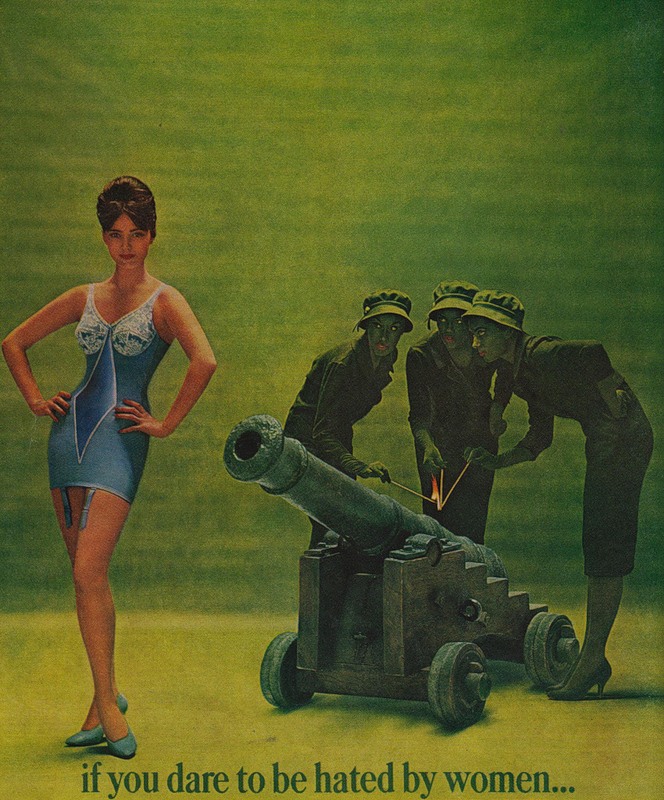Ricardo G. of Bifurcaciones sent in this ad from a catalog sent to homes in the U.K. by the company Hillier (via):

“Coordinating accessories available.” How thrilling. It reminds me of this post about how housecleaning is depicted as a joyful activity for women.
After being inundated with complaints, the company apologized, claiming it was a joke but they recognize it was inappropriate and should not have gone out.
While this does illustrate the gendering of housework, I think there’s another angle worth thinking about here. A number of the complaints weren’t just about it implying housework is women’s responsibility, but also that it is unromantic and therefore offensive to pose as a potential gift. I’m really interested in the idea of what makes an appropriate gifts, and that gifts between spouses should always be “romantic.” Romantic gifts are often things that have little intrinsic value; their value comes from the emotional and social implications attached to them.
Jewelry, flowers, lingerie–none of these are really helpful items, and they don’t make the recipients’ daily lives easier. A clothesline might, in fact, be a gift that would improve the lives of people who have to hang their clothing to dry. In my family, both men and women highly value gifts perceived as practical and useful, rather than simply sentimental or romantic. One year my mom and uncle got my grandma an air compressor because she would find it very useful on the ranch; she was thrilled. Once I paid to have my mom’s dog spayed and vaccinated because she’d been too busy to have it done. Men in my family regularly get leather work gloves and tools, and they never seem disappointed.
I think there may be a class element here. In Making Ends Meet, Kathryn Edin and Laura Lein discuss how low-income women often partially rely on the contributions of boyfriends to buy the things they need each month. The women complained, however, that boyfriends often bought unnecessary things they thought the women would like, but that did not really improve their lives, such as a stereo or purse. The women often referred to these gifts as a waste of money, something that was already in short supply. They much preferred to receive gifts that they found useful.
So not to defend a clothesline as a suggested present to women–even my mom got mad when my stepdad gave her a mop for either Mother’s Day or their anniversary–but the construction of “unromantic” gifts as inherently offensive is fascinating, and assumes that everyone believes money should be spent on non-essential items in order to display emotional attachment.





